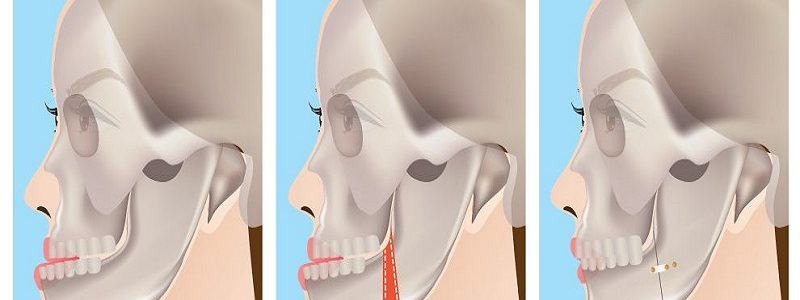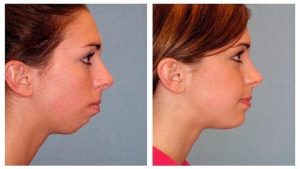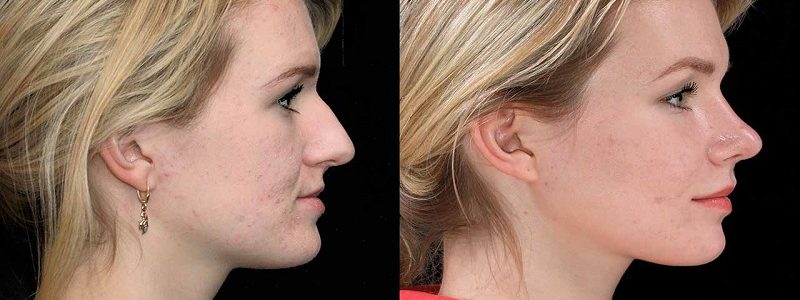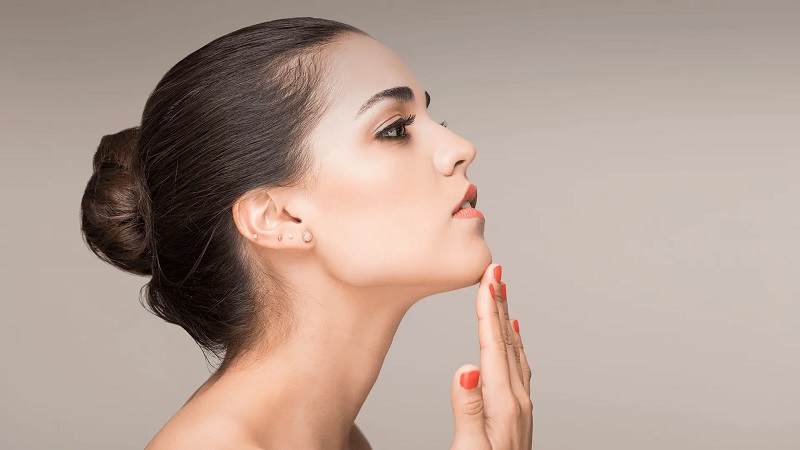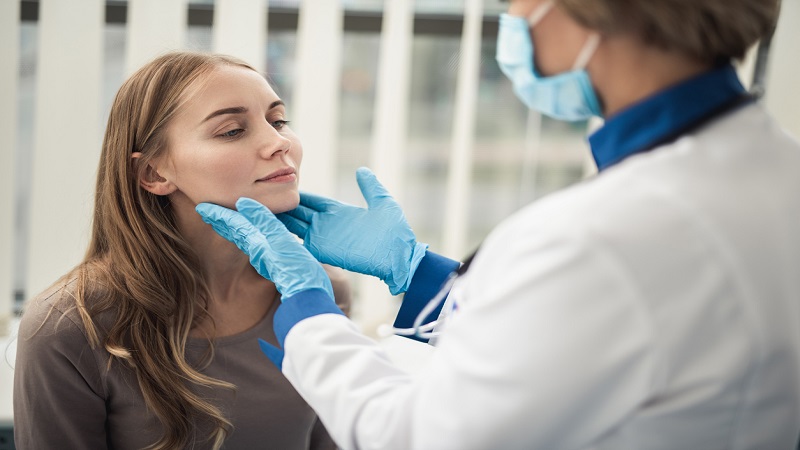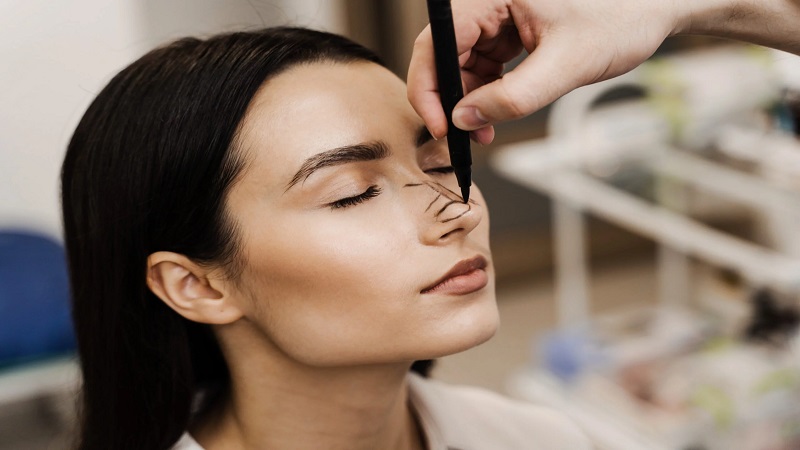The effect of jaw surgery on chewing and swallowing | Jaw surgeon of Isfahan
Jaw surgery, also known as orthognathic surgery, is a procedure used to correct abnormalities of the jaw and teeth.. This surgery can significantly affect chewing and swallowing function, both in the short and long term.
Effect on chewing performance:
- Early recovery period: Immediately after the surgery, the patient experiences swelling, pain and limitation in jaw movement. These factors significantly affect the ability to chew and the patient may have to be limited to a soft and liquid diet..
- Changes in the structure of the jaw: Jaw surgery can lead to changes in the position of the teeth as well as changes in the relationship between the upper and lower jaw.. These changes can affect the way of chewing food and the distribution of chewing force.
- Improve chewing performance: In the long term, jaw surgery can help improve chewing function. By correcting jaw and dental abnormalities, the patient can chew food more effectively and avoid chewing-related problems such as pain, jaw fatigue, and digestive problems..
- The possibility of needing physiotherapy: After surgery, maxillofacial physical therapy may be needed to help the patient regain full chewing function..
Effect on swallowing function:
- Swallowing problems during recovery: Like chewing, swallowing can be difficult during the early recovery period after surgery. Swelling and pain can affect the patient's ability to control the muscles associated with swallowing.
- Changes in the structure of the jaw and tongue: Jaw surgery can affect the position of the tongue and how it fits in the mouth. These changes can affect swallowing function and may lead to problems such as choking or coughing when swallowing..
- Improve swallowing function in the long term: With the recovery from the surgery and the return of the normal function of the jaw and the muscles related to swallowing, the patient can swallow normally without any problems..
- Possibility of swallowing problems in some cases: In some cases, jaw surgery can lead to long-term swallowing problems. These problems may occur due to complications of surgery, such as damage to the nerves or muscles involved in swallowing.

Factors affecting the results:
- Type of surgery: The type of jaw surgery and the amount of changes applied to the jaw and teeth can affect the function of chewing and swallowing..
- General health of the patient: The general health of the patient before the surgery, such as the presence of underlying diseases, can affect the healing process and the results of the surgery..
- Compliance with post-surgery care: Strictly following the doctor's instructions and doing physical therapy if needed can help improve chewing and swallowing function..
summary:
Jaw surgery It can significantly affect chewing and swallowing performance. While this surgery can help improve chewing and swallowing function in the long term, it can lead to temporary problems during the initial recovery period..
Important note: This article is for informational purposes only and is not a substitute for consultation with a specialist doctor. Before undergoing any jaw surgery, it is necessary to consult your doctor about its advantages, disadvantages and possible complications.
I hope this article was useful for you.
Useful links:
Isfahan nose surgeon _ Jaw surgeon of Isfahan
Dr. Behnam Khorrami's page in the clinic 24 | Maxillofacial surgeon in Isfahan clinic 24 | Nose surgeon in Isfahan clinic 24
Dr. Behnam Khorrami, nose surgeon in Isfahan at Dr. Af | Maxillofacial surgeon in Isfahan at Dr. Af | Isfahan nose surgeon at Dr. Af





